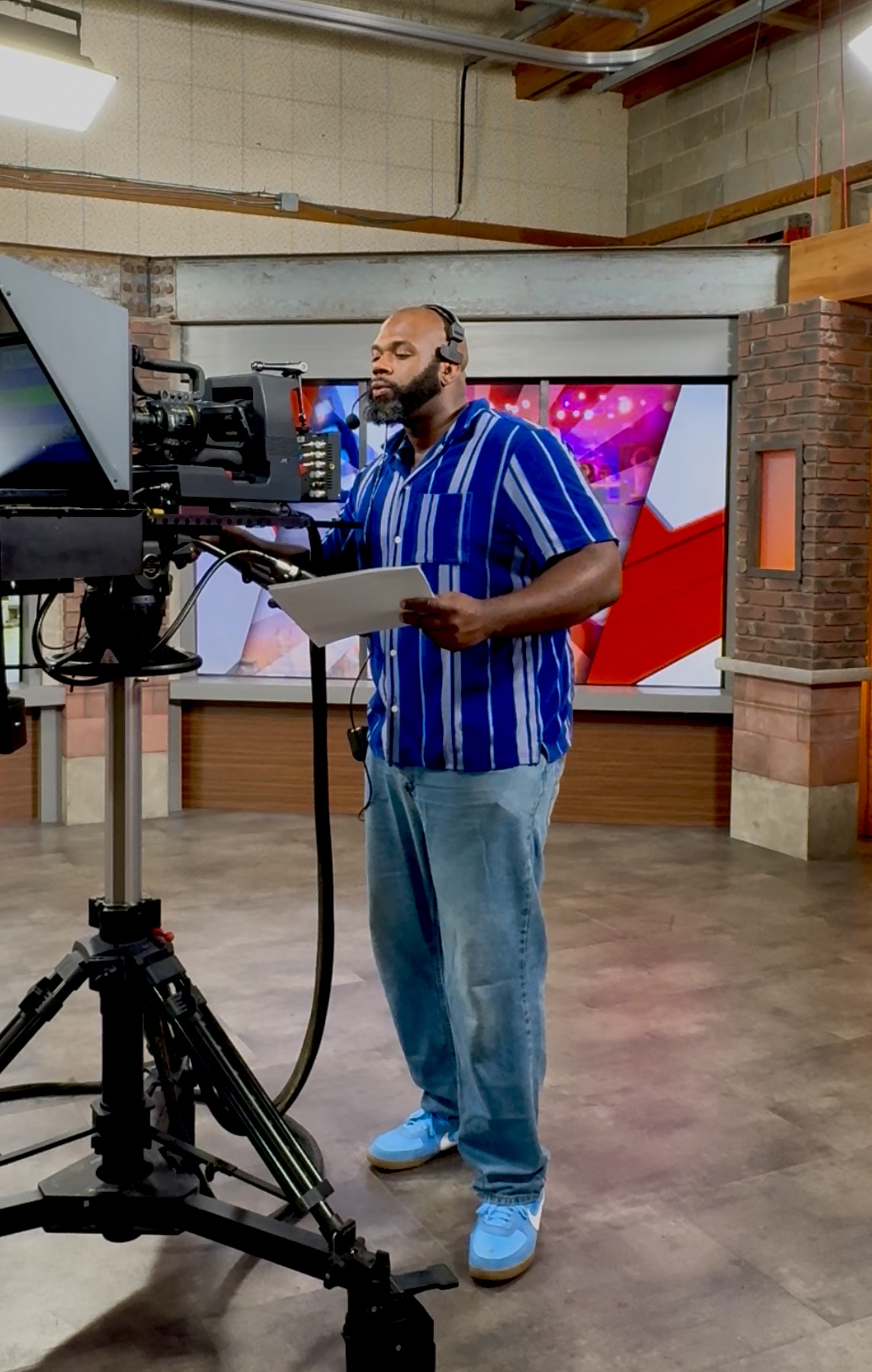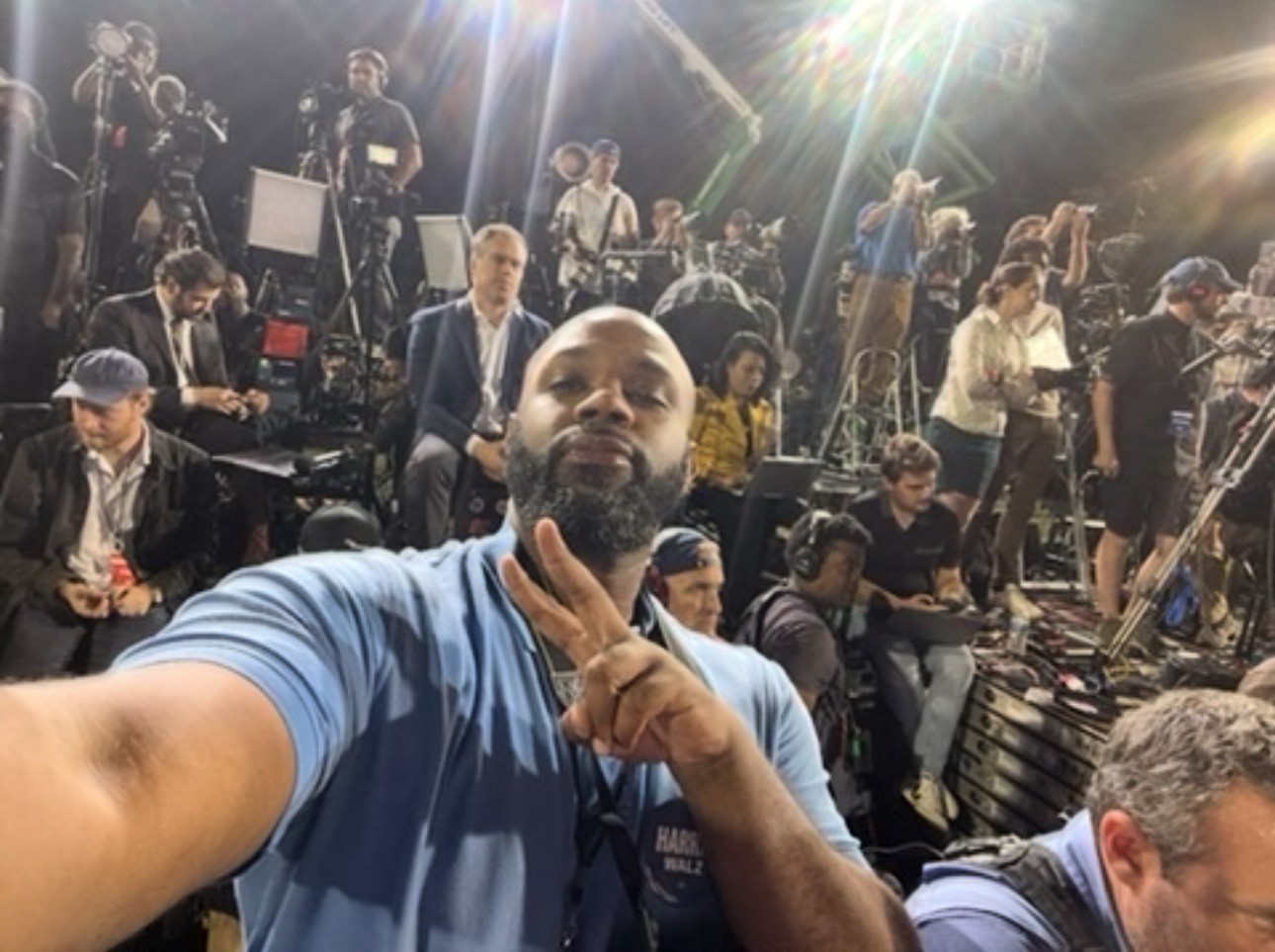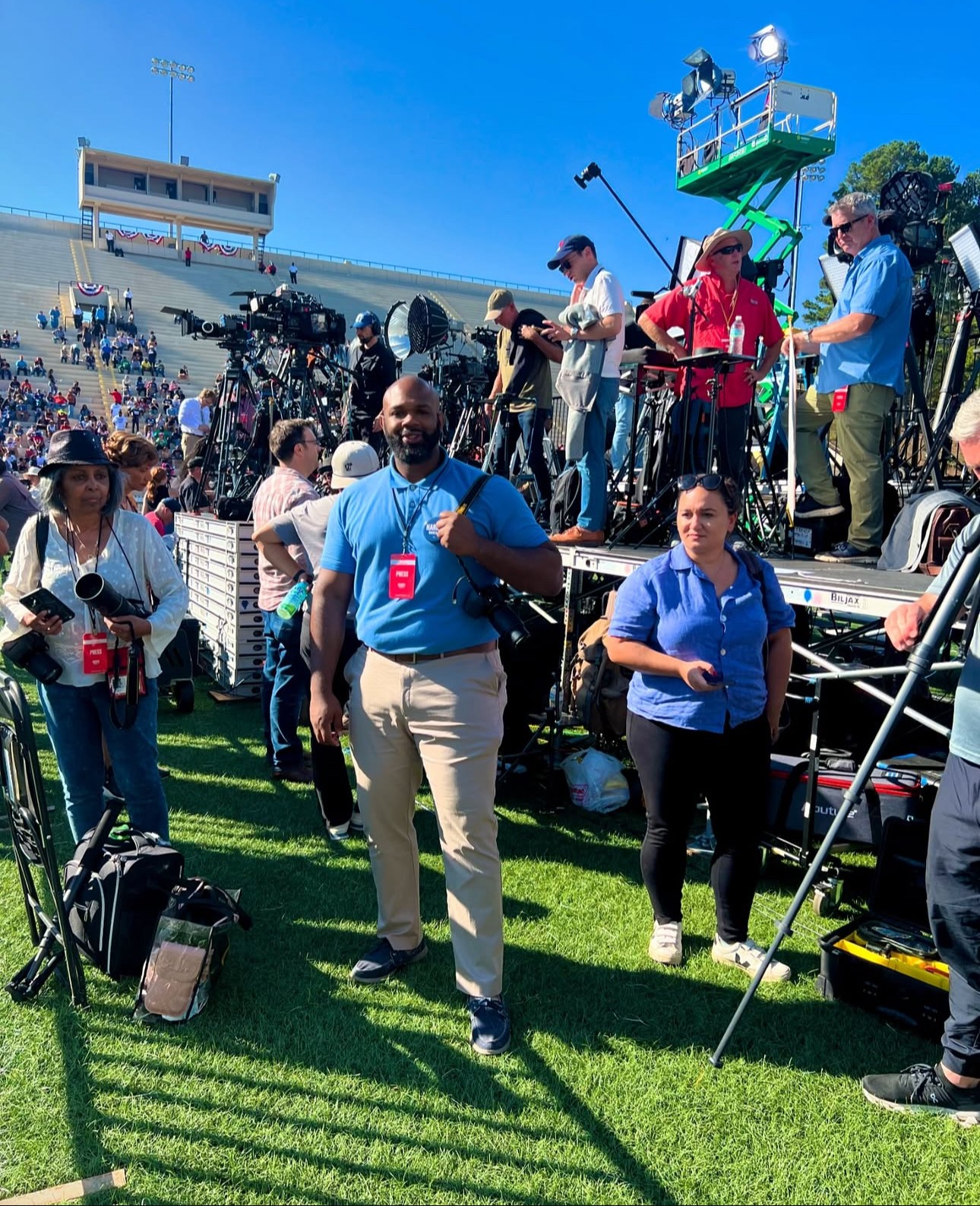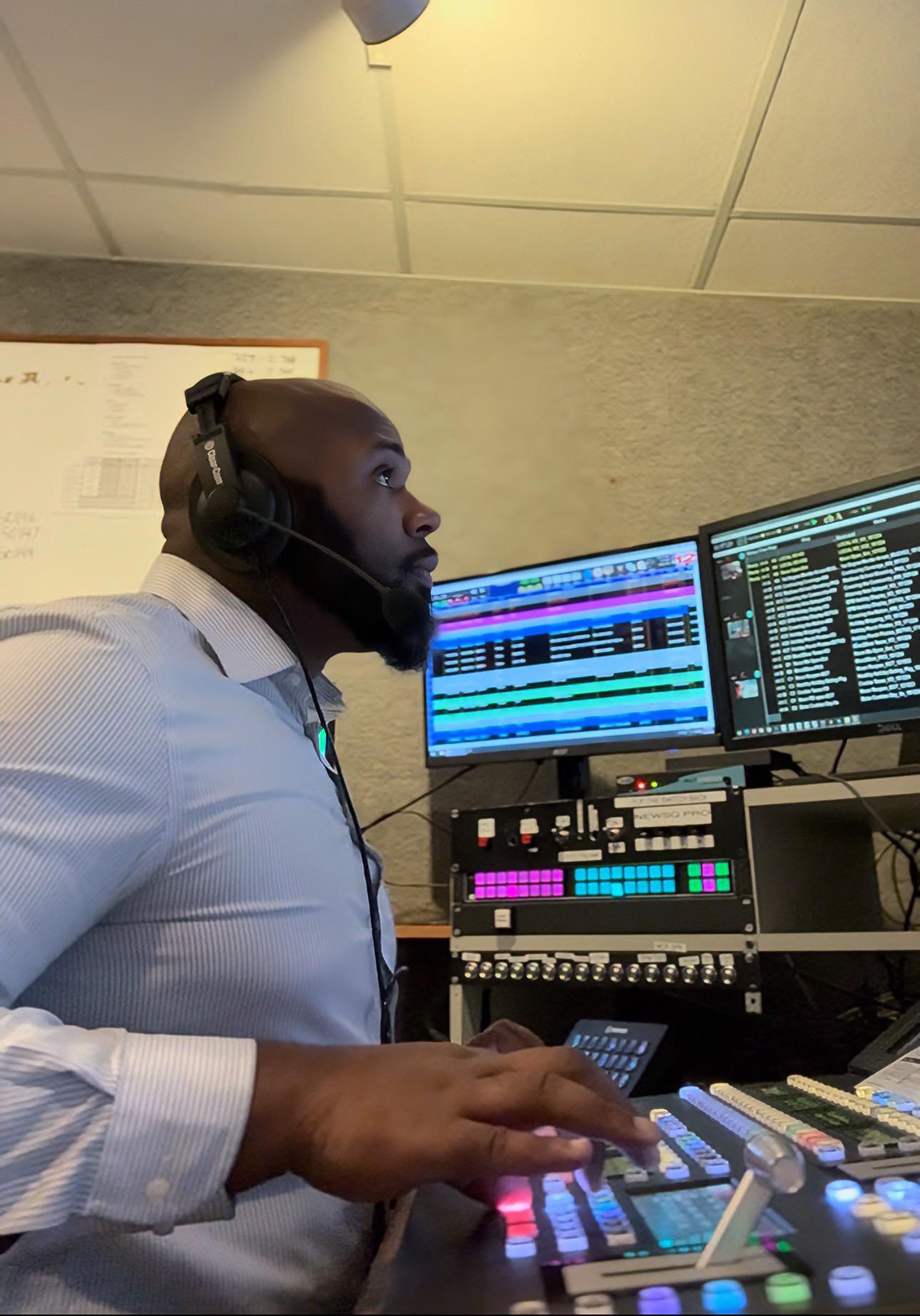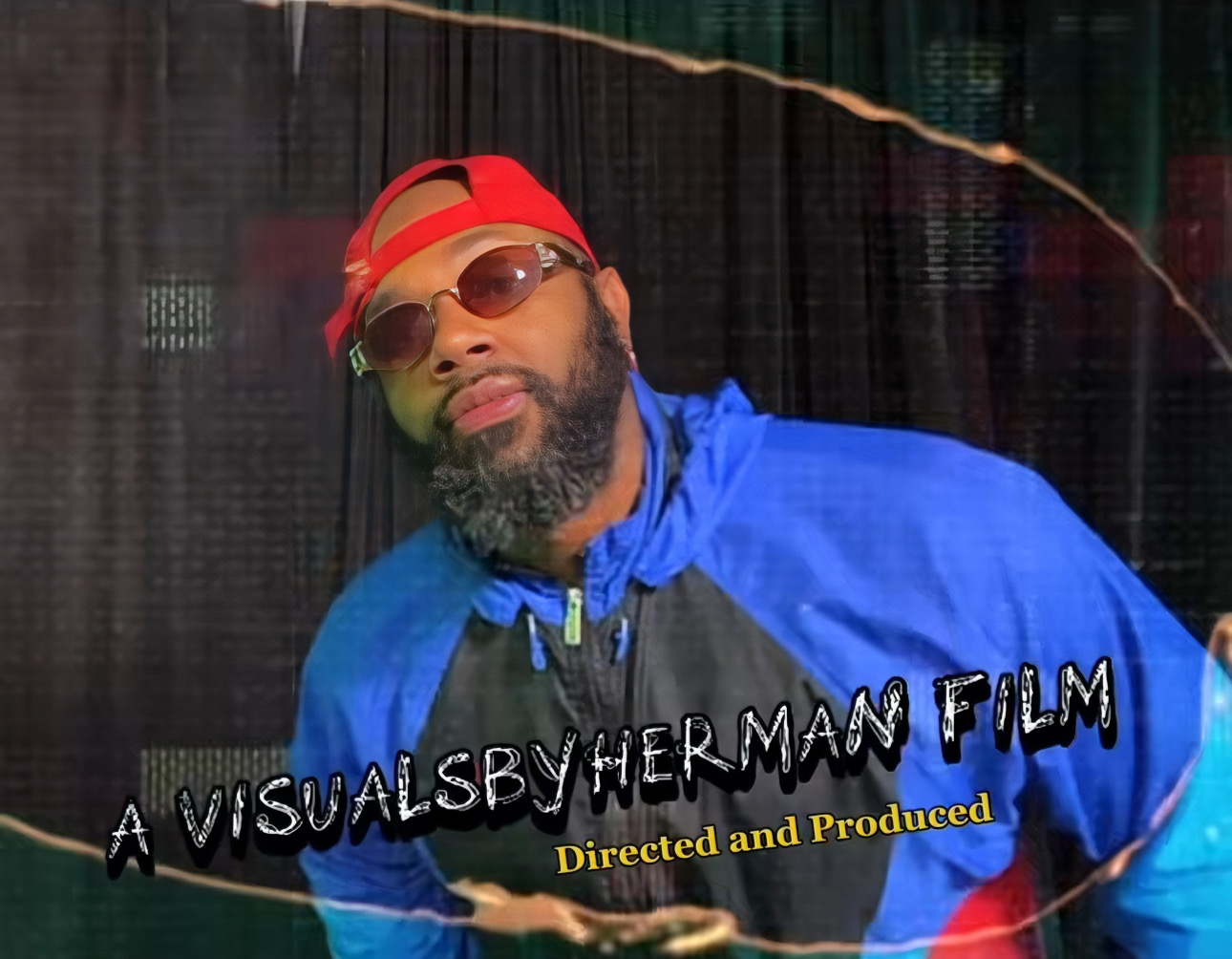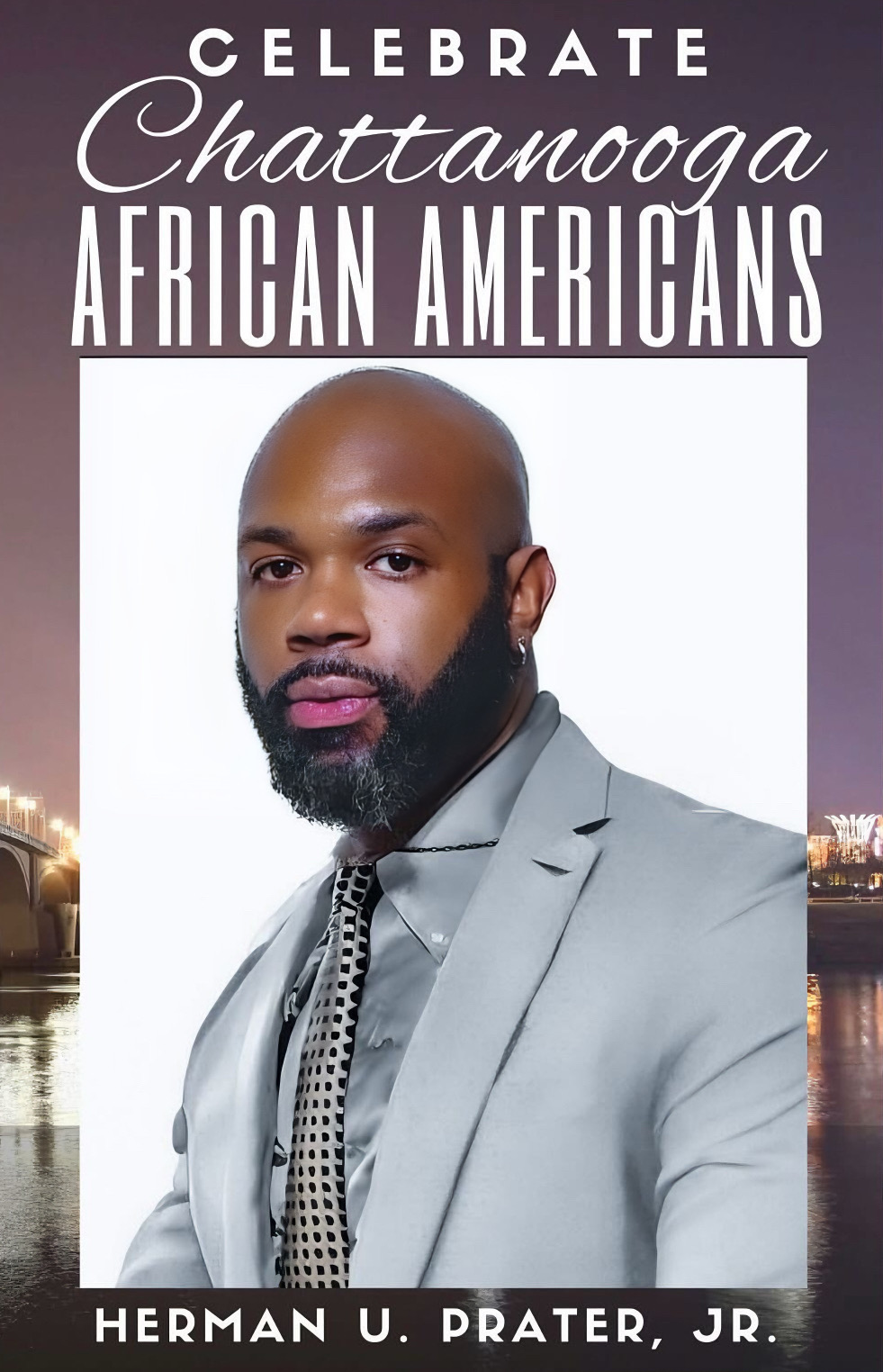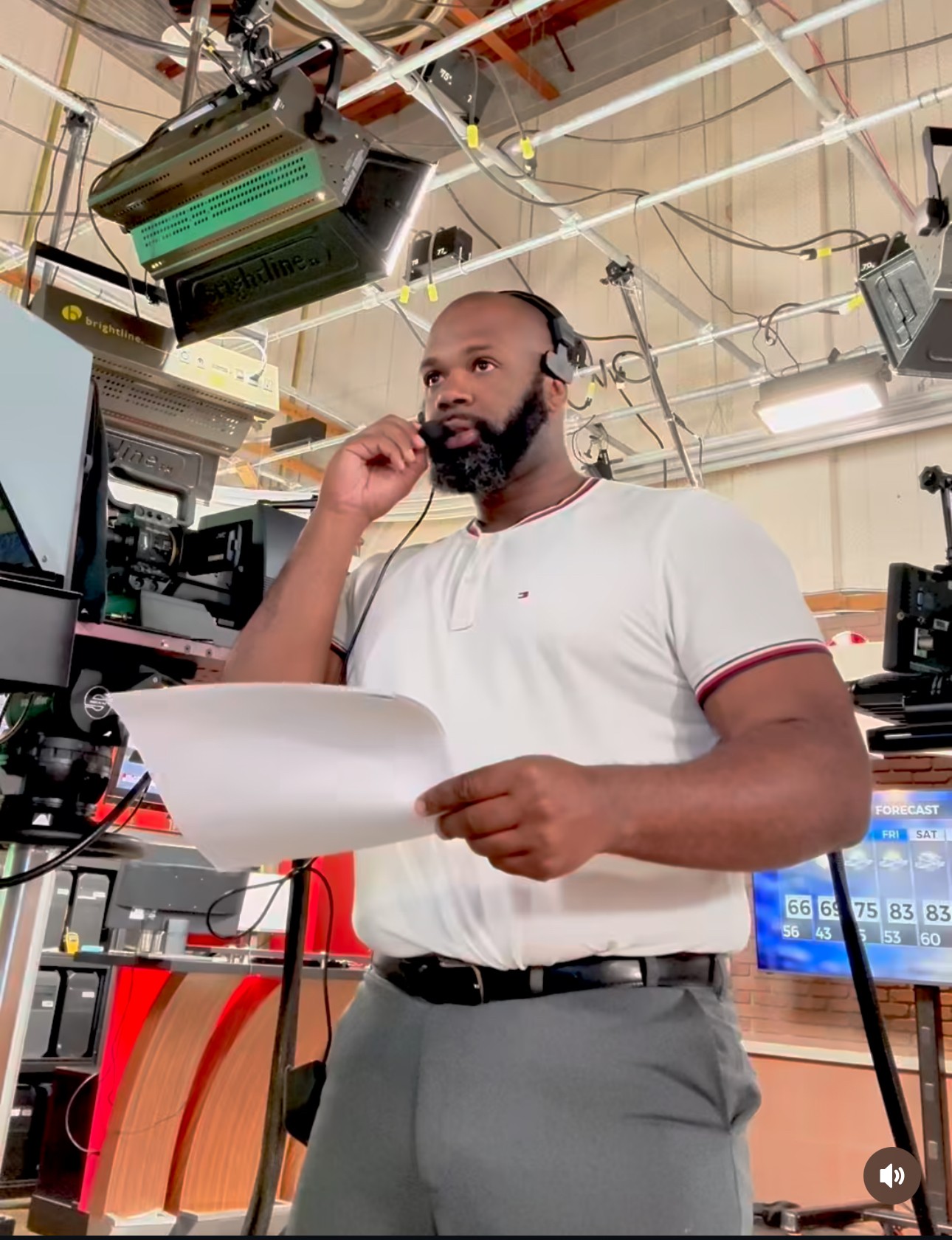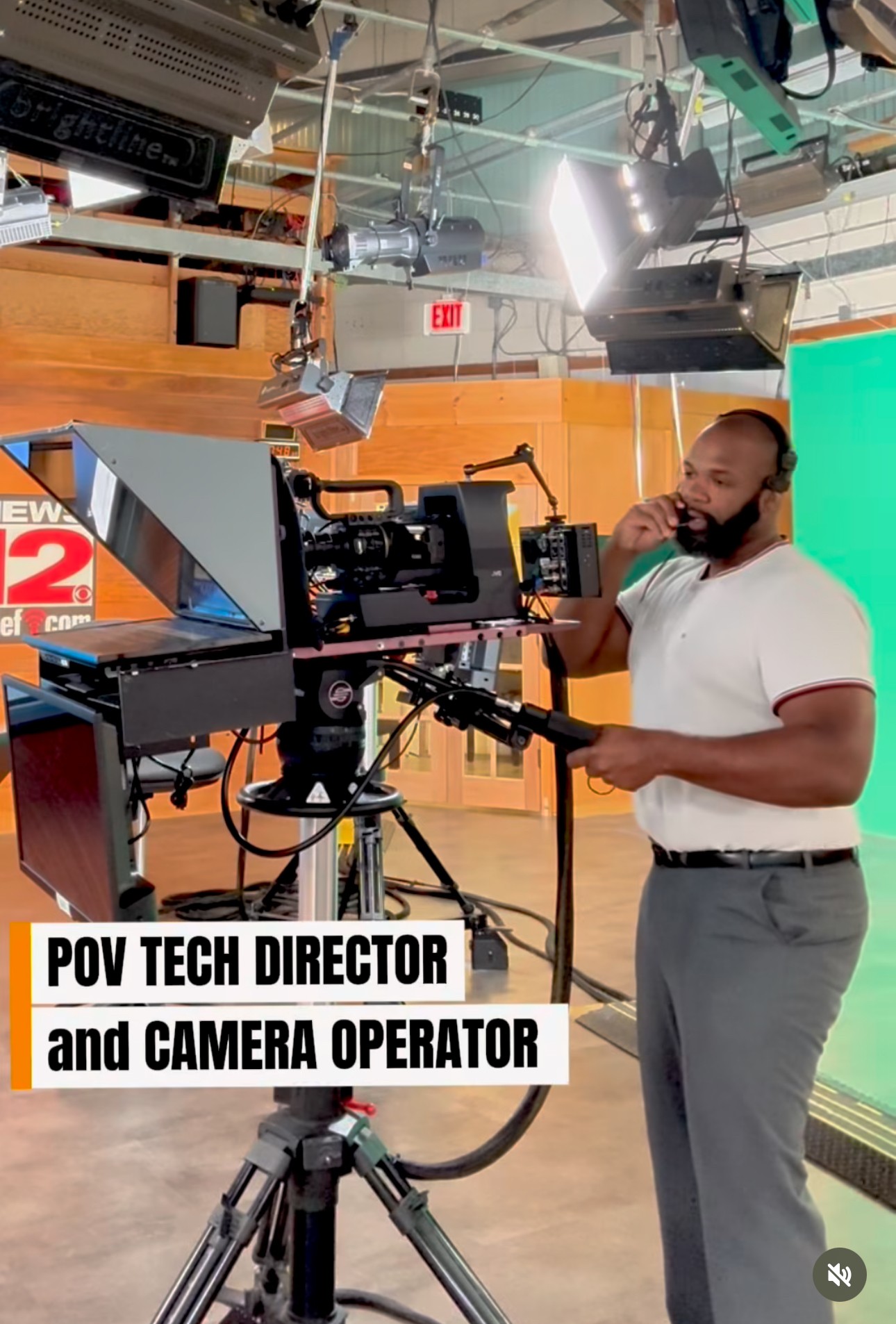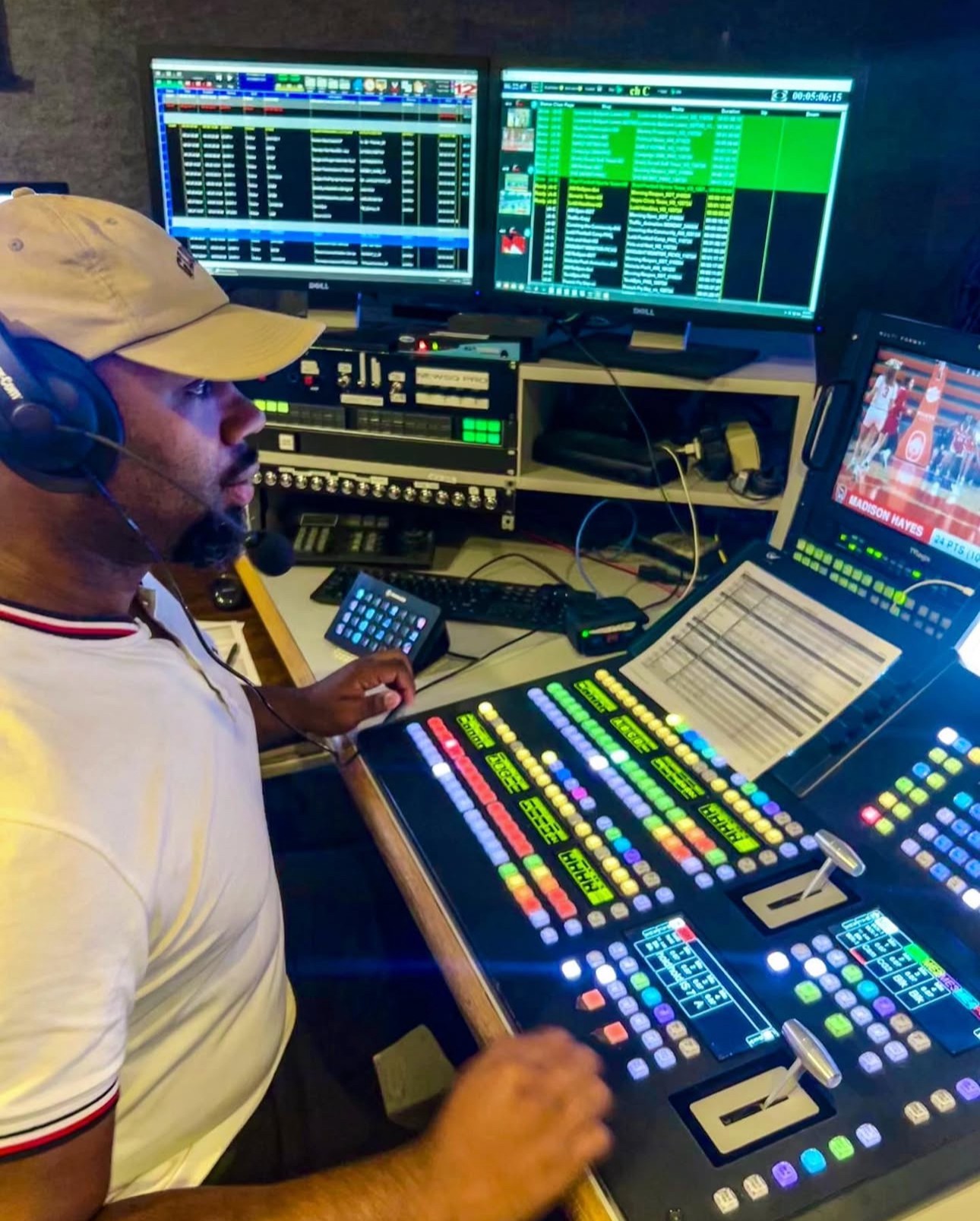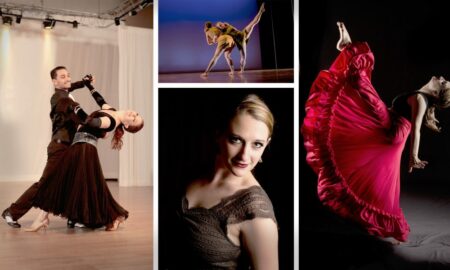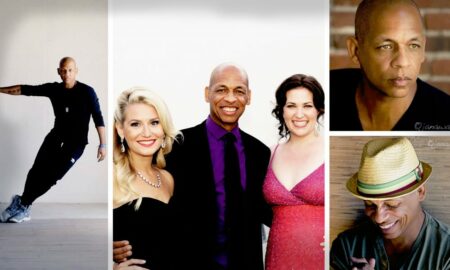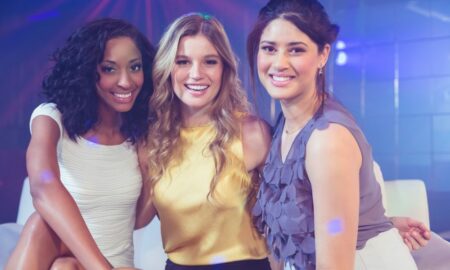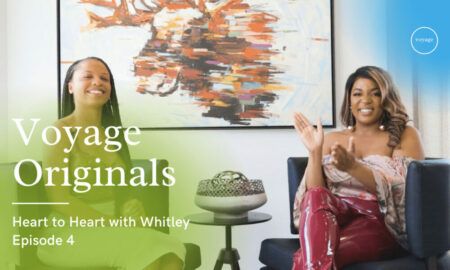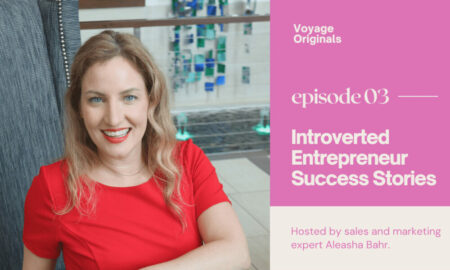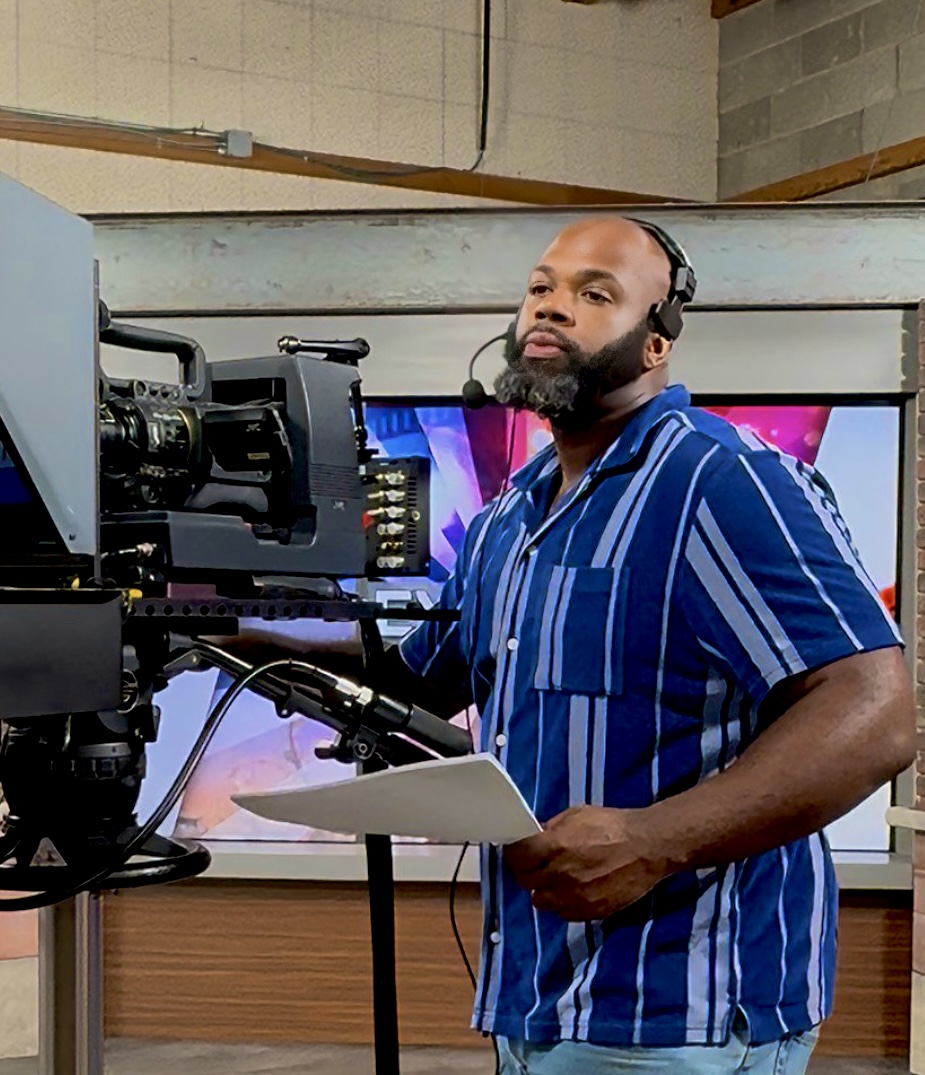

Herman Prater Jr shared their story and experiences with us recently and you can find our conversation below.
Hi Herman , thank you so much for taking time out of your busy day to share your story, experiences and insights with our readers. Let’s jump right in with an interesting one: What are you being called to do now, that you may have been afraid of before?
“Honestly, it’s being authentically visible — just showing up as me, regardless of what the naysayers have to say. There was a time I thought I had to minimize who I was to be liked, or that I needed to tone down my personality and presence to fit in. Maybe I was just afraid of being fully seen.
But the moment I took my power back and started actually showing up in the world as my true self, everything shifted. Life began to open up. Opportunities started to find me. My confidence skyrocketed. And I realized this wasn’t just about me — it was actually my calling.
Because I know there are people out there who feel exactly how I used to feel. If it takes me being the one to break the mold, to stand boldly in my truth and not apologize for it, then I’ll do it. And I believe when people see me doing that, they know they can do it too.”
Can you briefly introduce yourself and share what makes you or your brand unique?
For starters, I’m director for a local news station in my hometown of Chattanooga, TN, as well as the founder of VisualsByHerman, my photography and videography brand. In the newsroom, I lead live broadcasts from behind the scenes—switching multiple cameras, coordinating with anchors, and making sure every show runs seamlessly. Recently, my work was honored and I was awarded with the Viewers’ Choice Award 2025 for my visuals, a recognition that means even more because it came directly from the community I serve.
Outside the studio, I’m equally passionate about using my camera to tell stories that matter. My lens has captured everyone from President Barack Obama and Vice President Kamala Harris to local athletes and community leaders. As a giveback, I volunteer my photography skills to highlight events for my alma mater Howard High School, as well as cover cultural events, and create visual archives of the moments that define our city.
What makes my work unique is my ability to merge the fast-paced precision television directing with the artistry of editorial photography. Whether I’m producing a flawless broadcast, creating a cinematic portrait, or documenting grassroots cultural events, my mission is the same—to represent our stories with authenticity, pride, and excellence.
Appreciate your sharing that. Let’s talk about your life, growing up and some of topics and learnings around that. What did you believe about yourself as a child that you no longer believe?
As a child, I believed I had to earn my worth by constantly proving myself to others — by being the best, working the hardest, and never making mistakes. I thought acceptance came from meeting every expectation placed on me, even if it meant shrinking parts of who I was to fit the mold. Over time, voices tried to fit me into labels and lanes, and how to wear masks that fit other people’s expectations. They said what success looked like, what a “real” person did, how I should measure my worth.
Now, I know my value isn’t tied to perfection or to anyone else’s approval. I’ve learned that my voice, my vision, and my story have weight simply because they’re mine. Talent matters, but it’s not the whole story — discipline, consistency, the grind of practice, and the willingness to learn from mistakes matters more. My experience directing live news, building VisualsByHerman, releasing a short documentary, photographing Presidents and earning the Viewers’ Choice Award 2025 taught me that relationships, persistence, and execution turn possibility into reality. Lacking a formal degree didn’t stop me from leading a newsroom, producing work people remember, or creating opportunities — it forced me to be resourceful and build credibility through results.
The world taught me a thousand roles; I kept only what mattered. I don’t have to over perform to be worthy; I just have to show up as my authentic self. That shift has freed me to take risks, tell the stories I believe matter, and create work that feels true — not just work that feels safe.
.
When did you stop hiding your pain and start using it as power?
I stopped hiding my pain and began turning it into power during a period when the challenges in my personal and professional life became too real to ignore. For a long time, I thought showing struggle was a weakness—something to keep hidden behind a strong exterior where everything has to look seamless. But the truth is, pain has a way of surfacing whether you try to bury it or not.
There was a moment when I realized that pretending everything was fine wasn’t serving me or making me feel happy. Instead of masking my struggles, I started owning them—using them as fuel for my creativity, motivation, and connection to others. Whether it was overcoming doubts about my career path, getting close to someone to receive genuine love, or owning my mental health (and the steps to become a better man) I found strength in vulnerability.
Sharing my story openly—about the hard work, the sacrifices, and the moments of doubt—helped me build deeper relationships with my community and audience. It transformed my pain into a source of originality that powers the work I do. That shift didn’t happen overnight, but once it did, it changed everything. Pain became not something to hide but a wellspring of resilience, purpose, and power.
Sure, so let’s go deeper into your values and how you think. What’s a cultural value you protect at all costs?
A cultural value I protect at all costs is respect—especially self-respect and setting clear boundaries. For me, standing firm in who I am and what I will accept is non-negotiable. I don’t care what you allow someone do to you, you won’t do it to me, especially at the expense of me being drained because of it. I’ve learned how important it is to guard your energy, your voice, and your integrity — regardless who feels a way about it.
Not letting anyone “play me” means I won’t allow others to diminish my worth, question my vision, or take advantage of my work and time. It’s about demanding respect in every space. This boundary is rooted in a deeper cultural value of honoring yourself so that others can honor you too.
Before we go, we’d love to hear your thoughts on some longer-run, legacy type questions. What do you think people will most misunderstand about your legacy?
I think some people might misunderstand my legacy by seeing only the surface — the awards, the big moments, or the public recognition — and missing the years of quiet struggle, persistence, and everyday work behind it. They might think it all came easy or was about personal fame, when really it’s about community, representation, and using my platform to uplift stories that often go unheard.
They’ll also assume it was all talent and easy breaks. Folks don’t see the late nights, the rejections, the gigs that paid nothing but taught me everything, or the relationships that actually opened doors. My legacy isn’t “natural gift” — it’s persistence, craft, and the people who helped me grow.
Some will reduce my work to technical skill — a great director, a sharp photographer — and miss the responsibility behind the images: representation, dignity, and giving voice to communities often overlooked. I want people to remember the why, not just the how.
At the end of the day, I would hope to be remembered as someone who made space: for real stories, and for real people, and for possibility. Not for the applause, but for the doors I helped open and the pride I helped create for generations to come.
